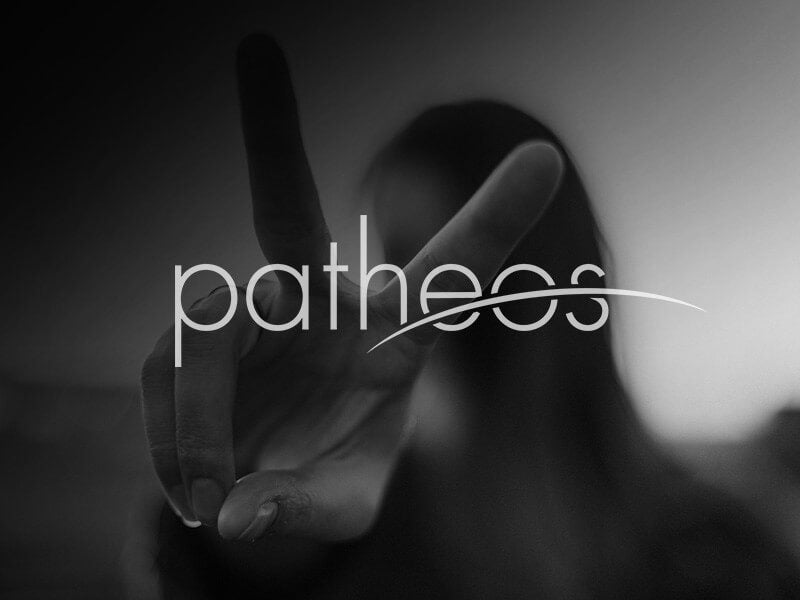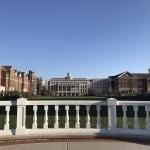Last updated on: December 7, 2016 at 7:37 pm
By
CNA Daily News
Vatican City, Dec 7, 2016 / 12:37 pm (CNA/EWTN News).- The updated version of the Vatican's document on priestly formation, released Wednesday, deals with issues of clericalism, homosexuality, and the protection of minors, among other things. “To be a good priest, in addition to having passed all the exams, a demonstrated human, spiritual and pastoral maturation is necessary,” Cardinal Beniamino Stella, prefect of the Congregation for the Clergy, told L'Osservatore Romano Dec. 7. He was commenting on The Gift of the Priestly Vocation, his department's new edition of its “fundamentals of priestly formation.” “I think it is superfluous to add that other minor innovations could be gathered from the text, from the standpoint of approaches to the question, vocabulary used, the formative methodology proposed, and the impulse given by the current Pontifical Magisterium,” Cardinal Stella added. Media coverage of the document has emphasized that it reaffirms the existing Vatican instruction that homosexuals may not be admitted to seminaries.The Gift of the Priestly Vocation quotes from the Congregation for Catholic Education's 2005 instruction on the matter in saying that “the Church … cannot admit to the seminary or to holy orders those who practise homosexuality, present deep-seated homosexual tendencies or support the so-called 'gay culture'.” It distinguishes such cases from those in which homosexual tendencies “were only the expression of a transitory problem,” and itself states that “it must be remembered that, in a relationship of sincere dialogue and mutual trust, the seminarian is obliged to reveal to his formators … doubts or difficulties he should have in this regard.” The document then goes on to discuss protection of minors and the accompaniment of victims, saying this must be given “the greatest attention” and that the Church must be vigilant that seminarians “have not been involved in any way with any crime or problematic behaviour in this area” and that “formators must ensure that those who have had painful experience in this area receive special and suitable accompaniment.” It adds that lessons on the protection of minors are to be included in formation, including how to deal with exploitation and violence such as trafficking of minors, child labor, and sexual abuse of minors or vulnerable adults. The document also recommends that bishops responsible for seminaries be in dialogue with the Pontifical Commission for the Protection of Minors, established by Pope Francis in 2013. Clericalism is discussed within the context of priestly identity as the basis and purpose of formation. The Gift of the Priestly Vocation says that seminarians “should be educated so that they do not become prey to 'clericalism', nor yield to the temptation of modelling their lives on the search for popular consensus. This would inevitably lead them to fall short in exercising their ministry as leaders of the community, leading them to think about the Church as a merely human institution.” It reiterates that priestly ordination, while making its recipient “a leader of the people”, “should not lead him to 'lord it over' the flock.” Cardinal Stella noted to L'Osservatore Romano that the new version of “the fundamentals” was necessary because “the historical, socio-cultural and ecclesiastical contexts have changed” since the document was last updated in 1985. Significant changes have happened regarding “the image or vision of the priest, the spiritual needs of the People of God, the challenges of the new evangelization, the language of communication, and many more,” he said. “It seemed that the formation of Priests needed to be revamped, renewed, and restored to the centre.” He added that the congregation had “been encouraged and illuminated by the Teaching of Pope Francis.” The cardinal recalled the four pillars of priestly formation: human, spiritual, intellectual, and pastoral. Regarding the human pillar, he said there is a particular stress on the fact that “one cannot be a priest without balance of mind and heart and without affective maturity, and every unresolved lacuna or problem in this area risks becoming gravely harmful, both for the person as well as for the People of God.” To this end, The Gift of the Priestly Vocation emphasizes the necessity of a “propaedeutic period” in seminaries, known in some places as a “spirituality year” prior to full-time academic work. Cardinal Stella also said that vocational discernment is insisted upon, in an effort “to overcome a conveyor belt mentality which developed in the past.” He said bishops and formators “are called to exercise a shrewd vigilance regarding the suitability of each candidate, without haste or superficiality.” An effort at “integral formation” is central to the document, and so, the cardinal said, beside the traditional division of formation into the stages of philosophical and theological studies, there has been added a threefold division of discipleship, configuration, and pastoral stages. To each of these new stages there “corresponds an itinerary and a formative content, orientated toward an assimilation with the image of the Good Shepherd,” he said. Cardinal Stella sees humanity, spirituality, and discernment as the “keywords” which form the foundation of the document's vision. “I cannot sufficiently insist upon the need that seminarians be accompanied through a growth process which will … help them become persons who are humanly balanced, serene and stable,” he said. “Only in this way will it be possible to have Priests with friendly traits, who are authentic, loyal, interiorly free, affectively stable, capable of weaving together peaceful interpersonal relationships and living the evangelical counsels without rigidity, hypocrisy or loopholes.” Regarding spirituality, Cardinal Stella said that priestly identity is founded on the priest as “a disciple passionately in love with the Lord.” “Only in this way – cultivating his spiritual life with discipline and expressly dedicated time – can old sacral and bureaucratic views of ministry be surpassed, so that we may have Priests passionately motivated by the Gospel, capable of 'feeling with the Church' and being, like Jesus, compassionate and merciful 'Samaritans.'” On discernment, the prefect said that “who follows the Gospel way and who immerses himself in life in the Spirit, overcomes both an ideological as well as a rigorist approach, discovering that the processes and situations of life cannot be classified through inflexible schemata or abstract norms, but instead need listening, dialogue, and interpretations of the heart’s movements.” He emphasized the importance of spiritual direction in enabling seminarians to grow in discernment. Concluding, Cardinal Stella encouraged priests, saying: “The Lord never offers less than his promises, and if you have called upon him, he will make his light shine upon you, whether you live in darkness, aridity, fatigue or a moment of pastoral failure.” “I would like to recommend to priests that they not let the healthy disquiet, which maintains their progress on the right path, be extinguished! Do not neglect prayer, take great care with your spiritual life, remain disposed daily to form yourselves and let yourselves be sustained and taught by pastoral life and by the People of God. We must remain vigilant, as this time of Advent suggests, not to let habit or mediocrity deaden the gift which the Lord has given to us.” Read more















